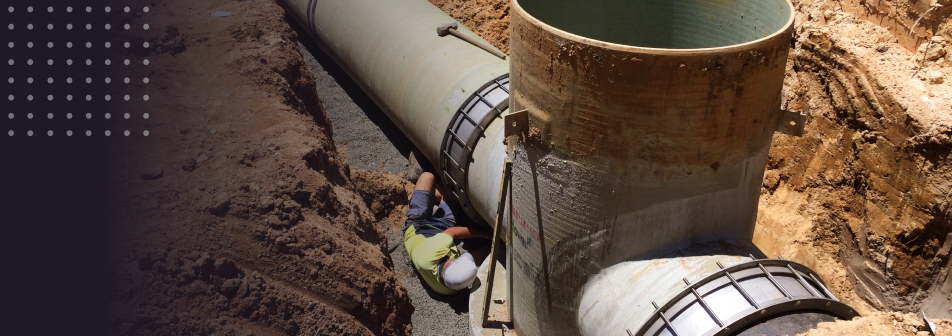

By: Mark Laws
General Manager


By: Mark Laws
General Manager
Get in touch with our team for additional information on product pricing, technical data, project support and more.
Get in touch with our team so we can support the planning, source, and supply of your next project.
We endeavour to reply within 1 business day.
Thanks for getting in touch, we will respond as quickly as possible.
If you have an urgent matter, please call your nearest Clover branch.